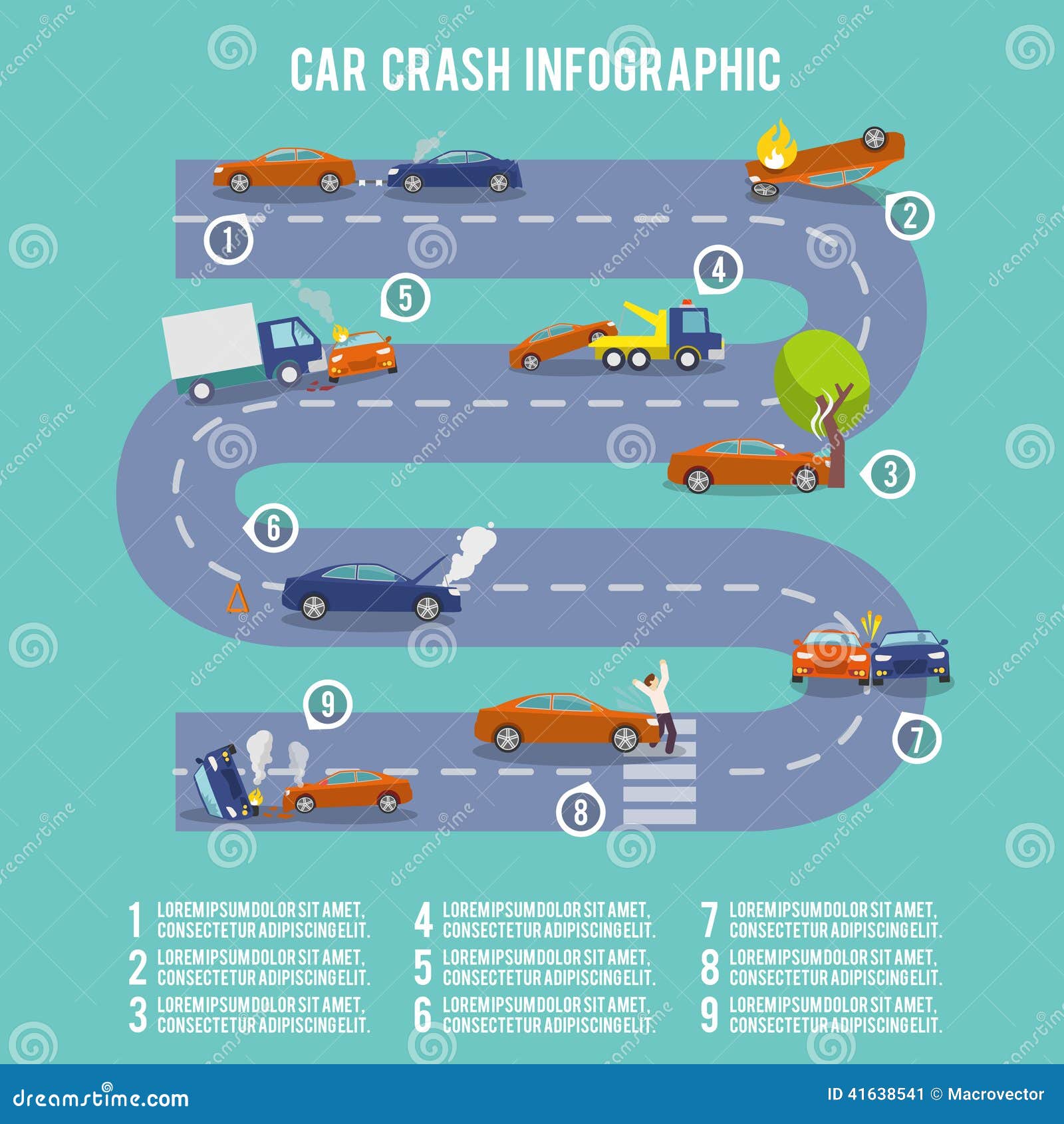Understanding The Meaning Behind Your Vehicle'S Caution Lights: A Comprehensive Appearance
Understanding The Meaning Behind Your Vehicle'S Caution Lights: A Comprehensive Appearance
Blog Article
Short Article Written By-Sykes Corbett
When you're behind the wheel, those beautiful caution lights on your dashboard can be a little bit bewildering. Do you recognize what they're attempting to tell you about your auto's health? Understanding the relevance of these lights is important for your safety and the longevity of your vehicle. So, the following time among those lights pops up, wouldn't you want to decode its message precisely and take the needed actions to address it?
Common Caution Lights and Interpretations
Determine typical warning lights in your car and comprehend their definitions to make sure safe driving.
One of the most common caution lights consist of the check engine light, which signifies concerns with the engine or discharges system. If this light begins, it's critical to have your vehicle inspected quickly.
The oil pressure cautioning light shows low oil pressure, requiring prompt attention to prevent engine damage.
A flashing battery light may recommend a malfunctioning charging system, possibly leaving you stranded otherwise addressed.
The tire stress monitoring system (TPMS) light informs you to reduced tire pressure, impacting vehicle security and fuel performance. Overlooking this can cause hazardous driving conditions.
The abdominal muscle light suggests an issue with the anti-lock stopping system, jeopardizing your ability to quit promptly in emergency situations.
Last but not least, the coolant temperature level cautioning light warns of engine overheating, which can cause severe damage if not dealt with quickly.
Understanding these usual warning lights will certainly help you resolve issues promptly and preserve secure driving conditions.
Significance of Prompt Focus
Comprehending the common warning lights in your automobile is only the primary step; the importance of without delay resolving these cautions can not be highlighted enough to guarantee your safety when driving.
When a caution light illuminates on your control panel, it's your car's way of connecting a potential concern that needs attention. Ignoring these warnings can bring about a lot more severe troubles in the future, compromising your safety and security and potentially costing you more out of commission.
Motivate focus to cautioning lights can prevent malfunctions and accidents. For example, a flashing check engine light could suggest a misfire that, if left ignored, can cause damage to the catalytic converter. Addressing this immediately can conserve you from a costly repair.
Similarly, a brake system alerting light might indicate reduced brake liquid or worn brake pads, vital components for your safety and security when driving.
DIY Troubleshooting Tips
If you discover a warning light on your control panel, there are a few DIY fixing suggestions you can attempt before looking for specialist help.
read the full info here is to consult your cars and truck's handbook to recognize what the specific warning light suggests. In some cases the problem can be as easy as a loosened gas cap setting off the check engine light. Tightening up the gas cap may deal with the problem.
https://martinmhbwq.blogproducer.com/37875793/discover-the-crucial-actions-to-recognizing-a-reputable-automobile-repair-shop-that-will-maintain-your-car-s-ideal-performance-your-car-deserves-remarkable-service is a low battery, which can activate various cautioning lights. Examining https://www.hotcars.com/car-damage-repair-costs-estimates/ for deterioration and ensuring they're secure could deal with the issue.
If a caution light persists, you can attempt resetting it by detaching the vehicle's battery for a few mins and then reconnecting it. Additionally, checking your vehicle's liquid degrees, such as oil, coolant, and brake liquid, can assist troubleshoot alerting lights connected to these systems.
Verdict
To conclude, recognizing your automobile's warning lights is essential for keeping your automobile running efficiently and safely. By without delay dealing with these alerts and knowing what they mean, you can avoid costly repairs and potential break downs.
Keep in mind to consult your automobile's manual for certain details on each alerting light and do something about it as necessary to guarantee a hassle-free driving experience.
Remain informed, remain secure when traveling!
